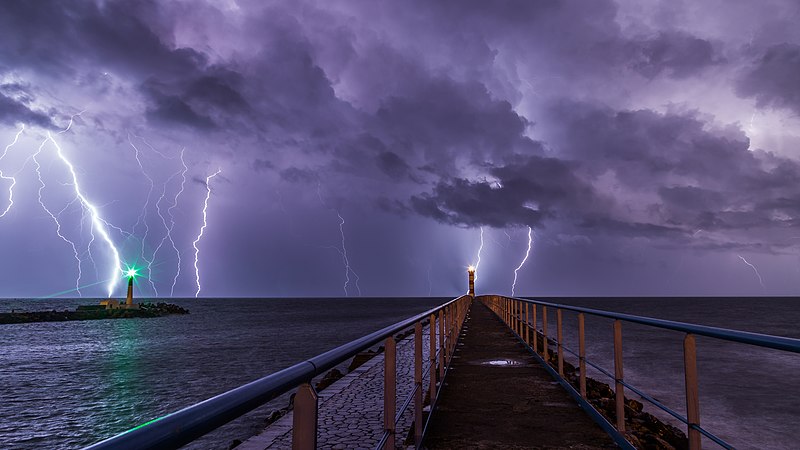On 16 October 2017, an unusual storm called Ophelia struck Ireland early morning. This caused gusts of up to 119mph, which sadly left three people dead and over 360,000 homes without electricity. The devastating storm continued spreading across the UK and Scandinavia in the next two days while causing damage and power outages. This meant no playing gg bet games online, or work for many people.
Ophelia was certainly exceptional since, normally, tropical storms and hurricanes start in the warm waters of the deep tropics. However, Hurricane Ophelia originated close to the Azores, which is an Island chain found 1,400 west of Portugal. It indeed broke the record since it was a category-3 type of hurricane. And besides, no big tropical storm has ever come that near Europe.
Hurricane Ophelia was not the only major storm to reach Europe. A year later, another one called Storm Helene started the coast of West Africa. It then took a peculiar shortcut to the UK. In 2019, other several tropical storms developed in the tropical Atlantic, known as the main development area. These storms, after a while, reached Europe but were weak.
It is without a doubt that tropical storms are not only limited to the tropics. But what is leading to these tropical-like storms, and does climate change have anything to with it? To understand this, then we must discover the regularity of these storms in Europe.
How Often Do Major Storms Reach Europe?
For starters, it is worth mentioning that no technology helped record tropical-like storms. Before the weather satellites, which helps track such storms, meteorologists depended on ships that would travel in lanes. This was an impossible task since the ship could only observe a limited area. Furthermore, other measurements of the hurricanes were done through survey aircraft, which was also very difficult and risky.
Due to the lack of proper research, several storms are missing from the records. However, some studies show that most of the missing tropical storms likely originated in the Eastern Atlantic, just like the other hurricanes that were a threat to Europe.
Further to the point, another study found out that one to two storms that arrived in Europe in the years between 1979 and 2018 were tropical storms. Normally, they would occur in September or October. However, their strengths and characteristics were different. Some were stronger than the others was, and others kept their tropical characteristics like Ophelia while others do not. Those that made landfall were much stronger. The storms that had this characteristic were one every five years in the past four decades.
On the other hand, according to the studies, half of the storms that travelled north were weaker and transformed to what is known as extratropical storms. This is the kind of weather Europe is used to seeing, especially in the winter season. As a result, this means that the tropical storms in the last 40 years were not something unusual in Europe. New data sets show that they are more common than what scientists thought before. Luckily, many storms weaken before they reach the coastlines. But note that this is not always the case, as Ophelia demonstrated.
In conclusion, it is worth noting that the surface temperatures of the North Atlantic Sea are continuing to increase. Therefore, we should expect future tropical storms to be more intense. More of them will reach Europe, but instead of weakening, they will maintain their tropical strength, according to new studies. Besides, these trends have already started emerging since Europe has seen more tropical storms since 2000 than they did in the 1980s and 1990s. But more research is required to verify these trends.



